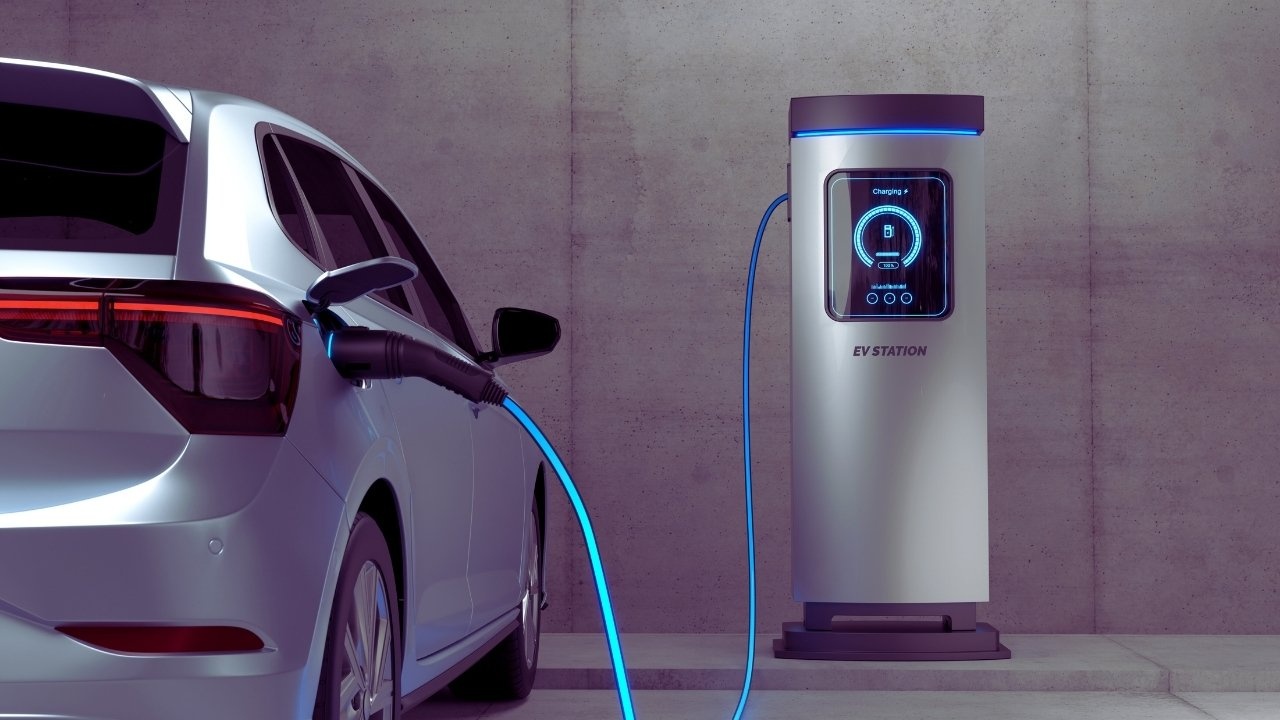
Early Childhood Sugar Intake Linked to Future Hear
Research suggests sugar exposure in the first 1,000 days may increase heart disease risk in adulthoo

This week has witnessed a notable surge in alliances between electric vehicle (EV) charging providers and mobile app developers aimed at easing the journey for urban drivers. Facing congested traffic and limited parking, these partnerships are set to revolutionize how city dwellers find, pay for, and access charging stations.
Urban EV charging has previously been obstructed by challenges like sparse stations, fluctuating prices, unreliable access, and complicated apps. The newly established partnerships seek to alleviate these issues by offering users a seamless experience that includes station mapping, integrated payments, and real-time updates tailored for urban settings.
This article delves into the implications of these new partnerships for urban EV drivers, defining what benefits they bring and what users should remain cautious about, alongside the effects on city transit policies and the expansion of charging networks.
The latest announcements feature two primary trends: (1) collaboration between charging infrastructure companies and third-party mobility or payment applications, and (2) integration of EV charging options into navigation or ride-hailing applications. Key elements of these partnerships include:
Comprehensive station discovery, enabling users to filter by type (e.g., fast charger) and check availability via partner apps.
Reservation capabilities allowing users to book charging slots ahead or queue digitally—particularly beneficial in busy urban areas.
Integrated payments across multiple charging networks via a single app.
Visibility on pricing, showing costs for charging and any additional fees before use.
Promotions specific to locations, such as discounts during off-peak times or loyalty rewards for frequent users.
Data sharing that helps both app providers and network operators understand usage patterns and infrastructure needs.
Drivers should be aware that integration will not be immediate; not all stations will feature full functionality from the start, and some may initially offer limited support.
Urban EV drivers encounter distinct challenges compared to their suburban counterparts, and these partnerships aim to resolve these pressing issues.
While long hauls tend to draw concerns over range, urban driving presents its own set of range dilemmas due to frequent stops and the search for usable chargers amidst traffic. Streamlined discovery and booking can significantly alleviate this stress.
City chargers often share space with standard parking options. Reservation features help ensure drivers don’t waste time finding an occupied or blocked charger.
Layered payment apps have long been a source of frustration for urban drivers. A consolidated payment system simplifies the process.
Urban charging can often involve hidden costs. With real-time pricing updates, drivers can assess charges without surprises.
A comprehensive app can link charging with parking and transit options, enriching the travel experience amidst dense city environments.
The data shared informs local authorities on where to deploy charging stations, potentially speeding up development in high-demand areas.
Overall, for urban drivers balancing work and errands, these collaborations promise an improved logistical experience.
While the partnerships are a positive stride, various factors warrant attention.
Not every charger in a network may be fully integrated from the outset. Verify station compatibility prior to relying on the app.
Booking doesn’t guarantee immediate access in cases where enforcement of charging regulations is weak or non-EV vehicles occupy charging spaces.
Urban stations can have extra costs associated with parking or idle time—pay attention to detailed pricing before plugging in.
Expect initial hiccups with app functionality like bugs and inaccurate charger statuses as they undergo adjustments.
Some charging networks may still require memberships; understand the implications before travelling across regions.
Increased data sharing with apps and networks raises important questions on privacy; drivers should closely scrutinize terms and permissions.
Despite advancements in software, existing hardware constraints, such as charger availability, remain a challenge.
Urban drivers can make the most of these new integrations with practical tips.
Download the relevant app ahead of time, familiarize yourself with payment setup, booking protocols, and charger status monitoring.
Mark your habitual charging stations in the app and observe availability trends.
Evaluate all charges that may apply before initiating a charge—compare prices for nearby options as needed.
Look for off-peak discounts or other promotional offers available through the app to save money.
Identify alternative chargers in case the app shows availability that isn’t accurate when you arrive.
Monitor updates for new features and provide feedback when encounters with inaccurate charger information occur.
Review the permissions requested by the app to ensure they align with your privacy preferences.
Reporting charger issues can significantly improve the overall reliability and performance of the urban network.
These partnerships extend beyond individual drivers, influencing the evolution of urban transportation.
As app data reveals user behavior and demand, cities can effectively prioritize where to add new charging stations.
Eventually, connections may form between charging and other transit modes, improving the fluidity of multimodal transport.
The new capabilities could lead urban pricing to become more dynamic, reflecting real-time demand.
With booking convenience, fewer drivers will circle around for charging stations, easing urban traffic.
Optimized charging efficiency results in lower emissions and improved sustainability.
New opportunities will emerge for startups involved in analytics and optimization tools in this rapidly evolving sector.
As urban landscapes grow denser, these partnerships represent a crucial advancement toward smarter charging solutions.
Consider Jane, an urban EV owner, navigating her bustling city:
Morning: Jane’s app notifies her of a fast charger near her office available in 10 minutes. She books it, purchases coffee nearby, and charges for 20 minutes.
Afternoon: While running errands, she opts for a slower charger with a promotional rate, ensuring she’s ready within 40 minutes.
Evening: Reserving a spot at a charger near her dinner appointment means she dodges any uncertainty about availability, thanks to the app’s payment making it seamless.
Weekend Trip: Spotting a partner charger network in the app encourages her to plan for a suburban excursion, easing any worries.
For Jane, the app transforms her daily routine, significantly reducing charging-related uncertainties.
This week’s announcements about EV-charging app collaborations hint at a substantial shift in urban mobility frameworks. Urban drivers stand to gain immensely from these developments, including easier access to chargers, simplified payments, and better routine integration. However, factors such as charging station infrastructure and pricing transparency require careful consideration.
As these partnerships roll out further, early adapters will likely reap the greatest rewards, reshaping how we envision urban EV driving—aiming for a refueling experience akin to traditional vehicles supplemented with the benefits of electric mobility.
City dwellers driving electric vehicles should seize this opportunity, familiarize themselves with new functionalities, and make these enhancements part of their daily routine, moving toward a future of more efficient urban EV travel.
This article is for lifestyle and informational purposes only and should not be construed as technical or financial advice. Drivers should verify app functionality and local charger networks prior to depending on these integrations.